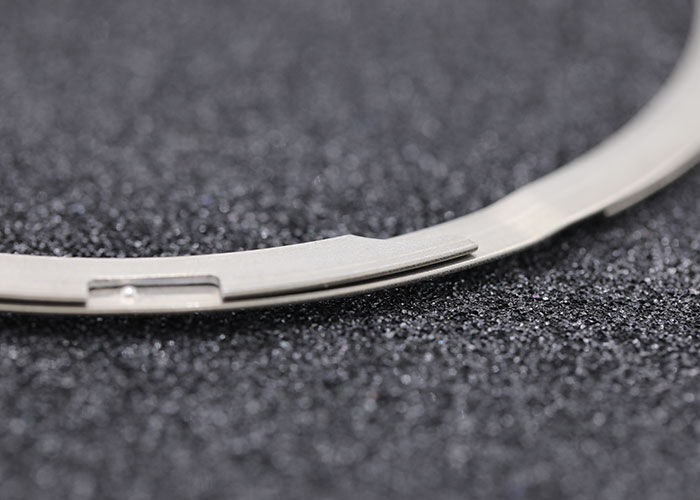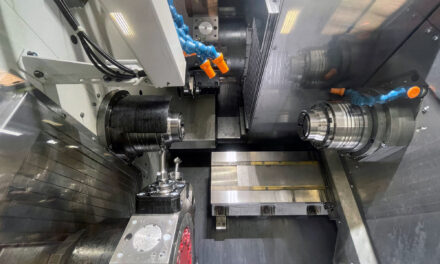Rotational capacity requirements in modern applications are higher than ever — shafts in electric vehicle applications can now reach 15,000 rpm (revolutions per minute) or more.As a result, it is difficult to find retaining rings that are up to the job, forcing design engineers to consider alternatives that add time and money. Here Justin Lawrence, applications engineer at TFC, shares some insight into how design engineers can enhance retaining ring performance in these high rpm applications using new technology from Smalley.
Rotating applications can be found in nearly all industries but are especially critical for the automotive, industrial and aerospace industries. Where high rpm is integral to a product’sfunction, it poses design challenges that affect both safety and functionality. This is because all retaining rings fitted on rotating shafts are limited by centrifugal forces, if the centrifugal forces are great enough to expand and lift the retaining ring from the groove, the whole assembly can fail.
As rotational capacity requirements in modern applications have increased, many engineers have struggled to find viable solutions. If we consider standard circlips and constant section snap rings, these can yield during installation due to the component’s heavy cross-section. This creates less cling in the groove which can cause catastrophic failure at high speed. The options then could be to add wire ties through the holes of the circlip, or to add an additional component to captivate the outside diameter and thus prevent ring expansion. These options typically increase the assembly time, add weight and in turn add significant additional costs to the finished product.
Providing security
A recent solution from TFC is the launch of the new Smalley Revolox Self-Locking Retaining Rings, which are designed to withstand much higher rotational speeds. Their unique ‘dimple and slot’ design includes a dimple feature punched into the underside of the ring, which creates a dome shape on the opposing side of the ring. The dome shape protrudes above the surface of the ring, but without shearing. The slot portion is created by cutting into the mating turn. Once installed in a groove, the dimple is trapped in the slot and the ring locks into place. As the ring rotates it expands, engaging the dimple and slot mechanism and preventing any further expansion. This safely and efficiently secures the rings in high speed applications — tests have shown significantly higher rpm capacity over an equivalent non-locking spirolox retaining ringor any conventional circlips and snap rings.
Designed with automated installation in mind, Revolox Self-Locking Retaining Rings are suited to high production volume applications. Packaging can be tailored to suit automated feeders on the production line if required, part weight is low and the mass is evenly distributed as there is no gap in the ring offering an inherently better-balanced design to decrease vibration.
TFC is Europe’s leading supplier of Smalley Springs and Retaining Rings. With 60 years’ experience, TFC offers industry-leading technical products, design support and bespoke production line inventory solutions. To find out more about the new Revolox Self-Locking Retaining Rings, visit the TFC website.


